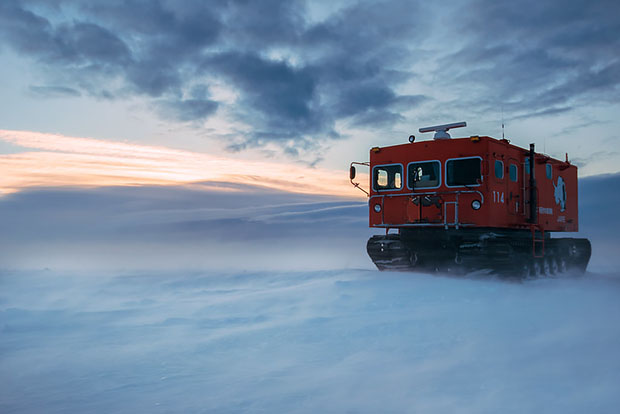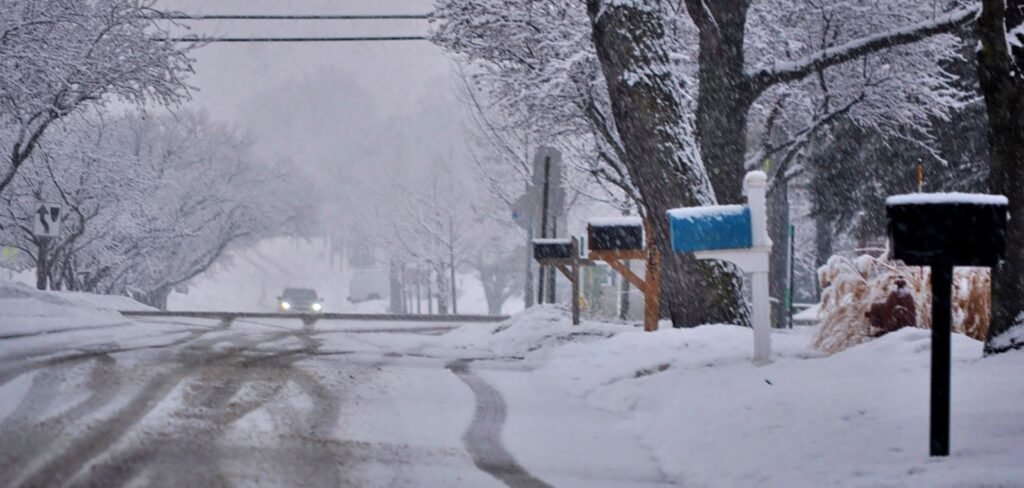By Michon Scott.
This article is one of a three-part series on past temperatures, including the hottest the Earth has ever been and how warm the Earth has been “lately.”
For much of its history, our planet has been hotter—sometimes much hotter—than it is today. But our planet has also been colder. Scientists may never know which period in our planet’s 4.54-billion-year history was the absolute coldest, but research has revealed a few contenders. All of these periods have been identified as ancient ice ages.
Some of the coldest conditions struck over 2 billion years ago, after the rise of atmospheric oxygen. More deep freezes occurred between 750 and 600 million years ago. Although scientists debate exactly how extensive the ice coverage was during these times, the evidence indicates that ice reached sea level in equatorial regions.
In the past few million years, glaciers have blanketed huge expanses of the Northern Hemisphere off and on. Though less severe than the near-global glaciations, the Pleistocene ice ages may have brought the coldest conditions in the last half a billion years. Some of the worst cold struck about 20,000 years ago.

The coldest place on modern Earth has been identified as a high ridge between Dome Argus and Dome Fuji in East Antarctica. Each year, scientists with the Japanese Antarctic Research Expedition journey from the Antarctic coast to Dome Fuji Station. CC license by Flickr user SNSF Scientific Image Competition / Francesco Comola.
Reading the rock record
An ice age is a period of colder-than-usual global temperatures and bigger-than-usual glaciers and ice sheets. Ice ages don’t bring unrelenting cold. Instead, relatively warm periods intervene, so ice ages are a mix of advancing glaciers (glacials) and retreating glaciers (interglacials). Though relatively warm, interglacials are still part of a glacial epoch.
How do scientists know ancient ice ages happened? Clearly, thermometers weren’t handy when continental-scale glaciers advanced toward the equator. The evidence for past ice ages comes instead from geology. Soon after the scientific discipline emerged in the early 19th century, geologists began finding clues left by ancient ice bodies. Glaciers, geologists realized, could leave giant scratch marks on bedrock and carry boulders to distant landscapes, often dropping those rocks at sea.
READ MORE at climate.gov

